Baikal Teal
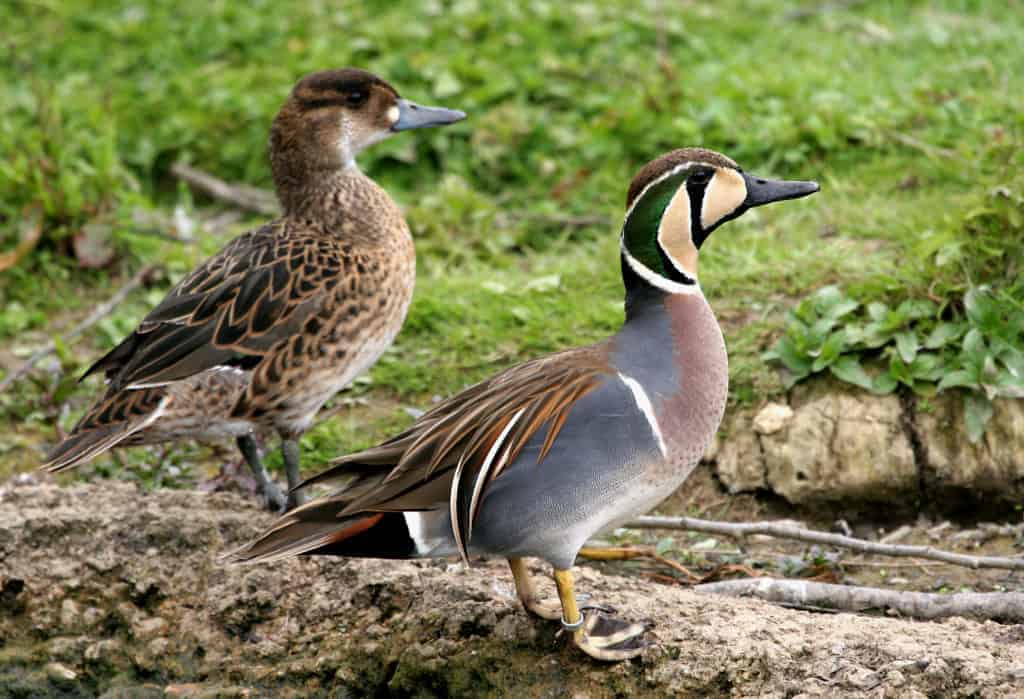
Baikal Teal were listed in the genus Anas until very recently but are not closely related to any of the other teal in this genus. They are now listed in the monotypic genus Sibirionetta.
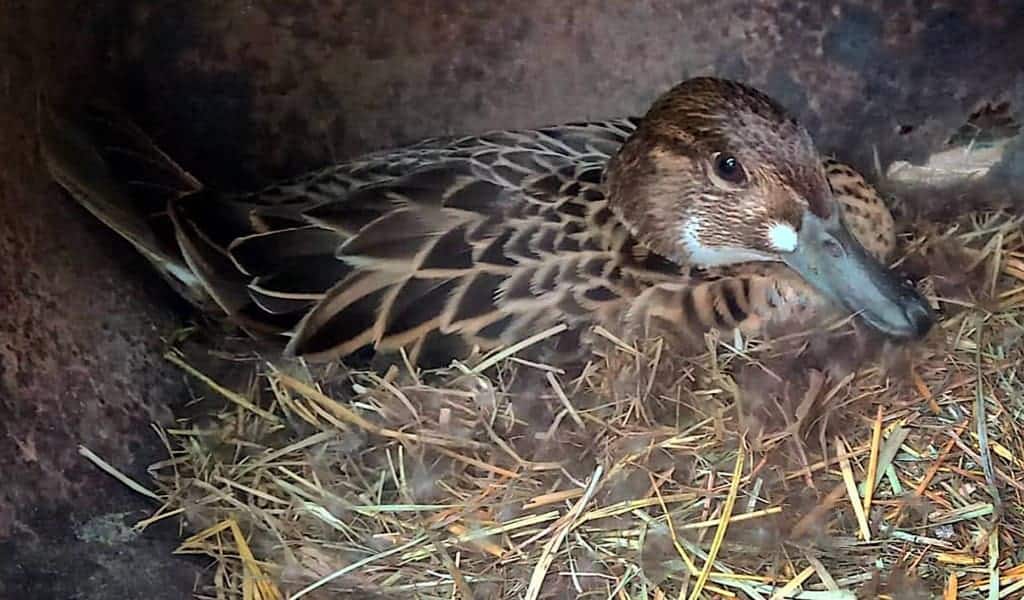
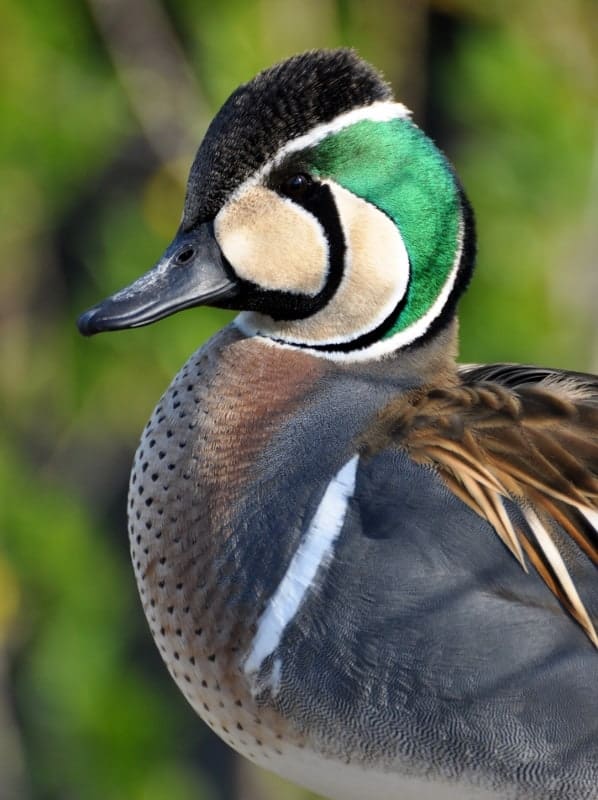
Sibirionetta formosa
The striking head pattern of the Baikal Teal makes it one of the most beautiful of all the dabblers. It is a bird of the Far East, breeding across Eastern Siberia and wintering south to southern China and Japan, though wandering individuals have been recorded in Europe, the USA (particularly Alaska) and Australia. It is a highly social species, wintering in dense flocks of hundreds or even thousands of birds. There was considerable concern about declining numbers in the early years of this century, but, encouragingly, numbers seem to have made a recovery and it is no longer listed as Vulnerable on the IUCN red list, being listed as of Least Concern since 2011.
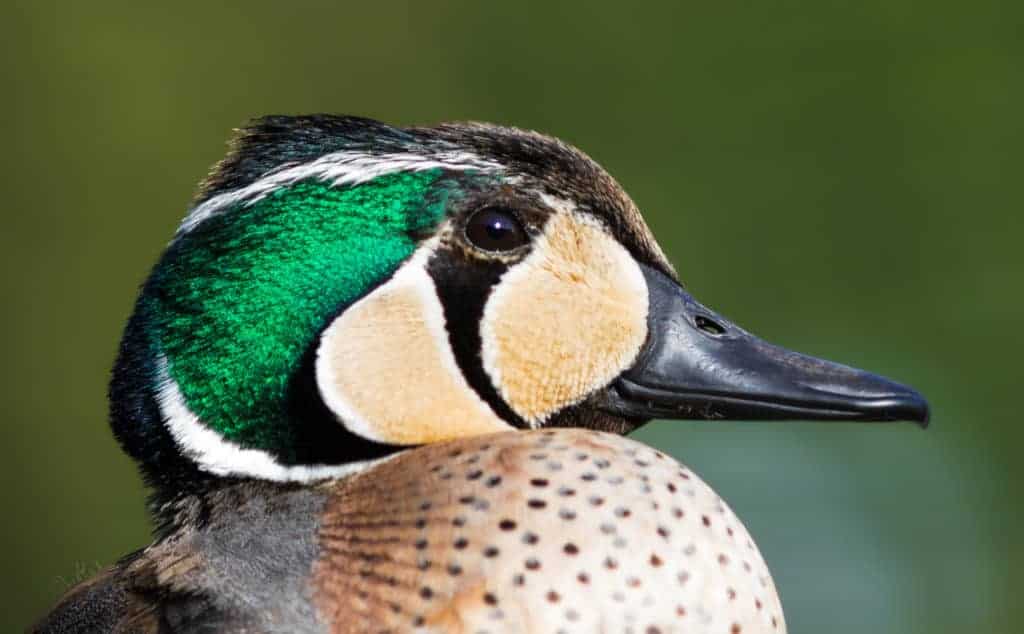
Once regarded as one of the most difficult of ducks to breed in captivity, Baikal Teal are now well established and widely available, and both blonde and silver variants are available. Though the drake acquires his full breeding plumage in October, it is another three months before the tips of the feathers on the head and neck wear away to reveal the full brilliance of the exquisite pattern.
Baikal Teal are a little larger than a Eurasian Teal Anas crecca, and higher on the leg – they forage readily on land. Hardy ducks with a quiet personality, they make a fine addition to any collection. The white ‘loral spot’ behind the beak is a key feature for recognising the females and young birds. Only the Green-winged Teal Anas carolinensis has a similar spot, but it is far less distinct.
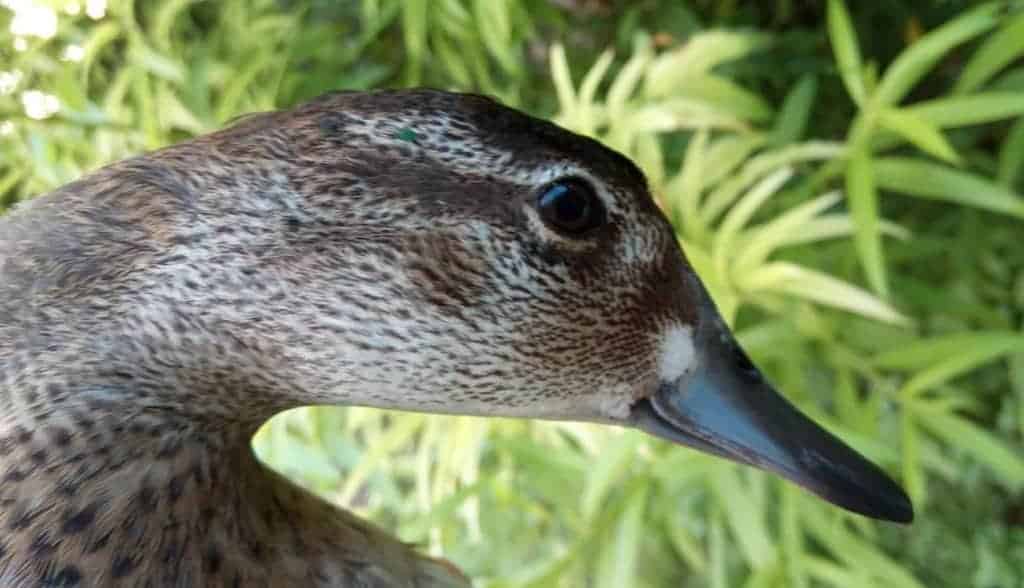
Baikal Teal like to nest on dry ground near water, concealed in vegetation such as grasses and shrubs. The duck lays 6–9 pale greenish eggs which she incubates for about 24 days. The drake departs before hatching, leaving the duck to rear the brood. Drakes join others close to the breeding grounds to moult.
FURTHER READING
Harrop, A.H.J. and McGowan, R.Y. (2009) British Birds 102. Britain’s first Baikal Teal.